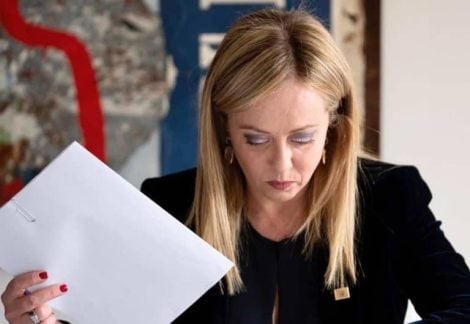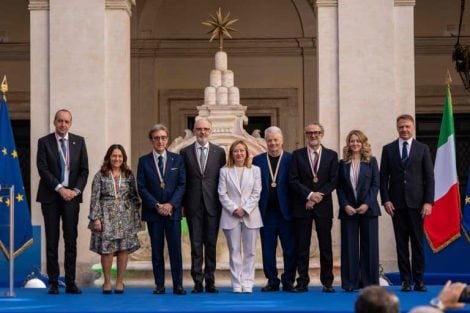When Robert Joseph, known by many as the devil's advocate, said that choosing wine is all about marketing, some people raised their eyebrows. What is certain is that consumer choices are often influenced by factors beyond the objective value of the product and its price. Fashion, emulation, the embodiment of values (real or perceived) play a role in every purchase. Are we sure this doesn't also apply to wine? We asked someone who deals with wine and its communication: Francesca Romana Terenzi, the second generation of wine producers—along with her brothers Balbino and Federico—in a part of Tuscany still relatively untouched by mass international tourism, and therefore still to be discovered. Initially, their roles were very defined: Francesca Romana handled hospitality, Federico managed sales, and Balbino took care of production. But over time, harmony has made things less rigid, and each of them now handles a variety of tasks.
Is it true that marketing is the most important factor in consumer choices?
I understand the argument, but I think it's a combination of things. If you have marketing but lack the product, you can make a big splash, but maintaining the name is another matter. Similarly, an excellent product without the right communication is not enough. Balance is needed, as in everything.
It's also a matter of language.
Yes, everything starts from there: you need a language that everyone can understand. If you use very technical language, you risk making people feel excluded; inclusivity is important. This is even more true for the younger generations: you need to be understandable and engaging with them as well. But consider that we are not oenologists, so we don't use specialist language ourselves. We've always had very clear ideas about wanting very clean and elegant wines. We are genuinely interested in what people think, even those without a sommelier's training. You need to make them feel free to express their thoughts, creating opportunities for education and loyalty, helping them understand the value of your product, and explaining your work passionately without making them feel excluded. Take our Petit Manseng, for example: it's a wine with pronounced acidity, but if you find someone who doesn't drink dessert wines, they might say it's very sweet. That's where you can explain its characteristics.
How do you manage this?
For us, everything starts in the cellar. We try to communicate directly with the customer, who then becomes an ambassador for the company. It's something we strongly believe in.
Is that enough?
No. You can communicate directly by opening your doors, but if what you communicate isn't interesting in terms of story and product, it's hard to get a return. We are fortunate because our story helps us: we are a relatively young company, very close-knit, and this is perceived by others. Plus, we are always present. One of us three is always at the company, which is a plus because meeting the owners allows people to get more into the project. Once the product is associated with a face, it’s no longer just any wine; it’s tied to a story, an image, a face, an entire narrative. That's why we always put our face on the commercial side. We've always done direct sales at the company, at the shop, and we also have our tasting room.
What is the offering?
We have various options, such as the counter tasting of all our labels for €10, which is deducted if a purchase is made for a minimum of €65, equivalent to a case of Morellino, our entry-level wine. For years, we didn't charge for it, but then we realized we wanted to value the time and work, both ours and the people who handle the hospitality, who never hold back in dedicating themselves to visitors. It’s almost symbolic because the cost is recouped with a purchase, which is almost always made.
How was the idea of paid tastings received?
Very well, especially because we were practically the only ones not charging anything. We also raised the average receipt. We’re on a road leading to the thermal baths, and some people would stop by chance for a breath of fresh air or to use the bathroom or stay for two hours and buy just one bottle to not leave empty-handed. Now we attract people more interested in us and wine in general.
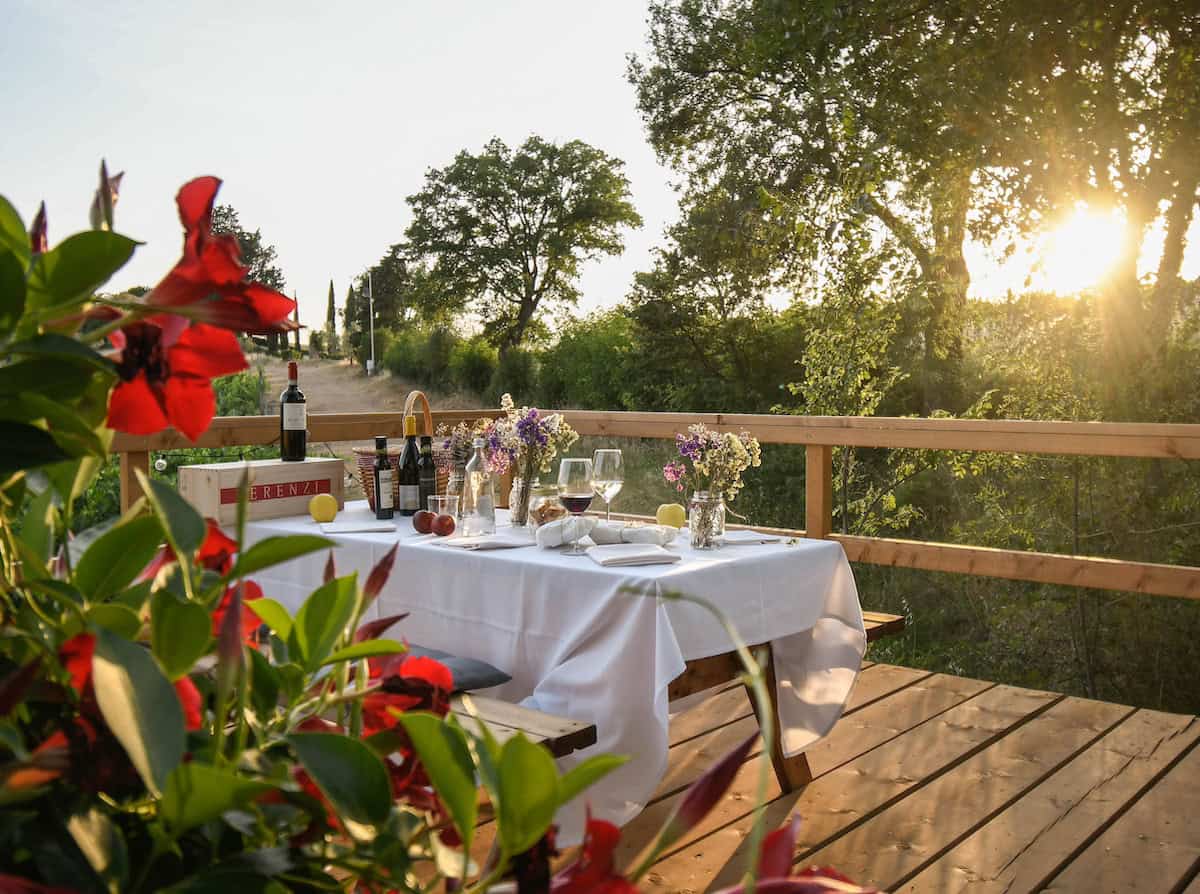
What are the other formats?
We have lunch, with six wines and a large platter with Sorano ham, Fiorino cheese from a nearby dairy, crostini with our olive oil, handmade tortello, and a jam tart or the classic Tuscan cantuccio with our passito. Then there's the snack/aperitif with four wines and the platter, and the picnic on platforms overlooking the vineyards, where we provide a basket with two focaccias, prosciutto, a bottle of wine, and cantucci. It’s the best seller after lunch. Recently, we introduced technical tastings without food pairings for those more interested in our wines. But all are accompanied by a visit to the cellar because we believe in immersing the visitor in our company by clearly explaining the production process. When we decided to open our doors, we already had the desire to welcome people and make our reality known.
How do you advertise these initiatives?
On social media and our website. Booking a room allows adding an experience. 95% of guests participate in at least one experience, either booked in advance or organized once they’re here.
You were among the pioneers of wine tourism in this area.
Maremma is a bit behind other areas in terms of wine tourism, so the idea of being pioneers makes us proud.
When did you start?
The rooms have been there for almost 15 years, originally as support for the company because it's convenient to be able to host. In Maremma, facilities are somewhat lacking. But we already knew we would expand it to everyone.
Have the customers changed in the meantime?
They change constantly: from before COVID, immediately after COVID, and even now. In the early post-pandemic days, there were mainly Italians. Now we’ve reopened to foreigners, especially Americans who were rarely seen in Maremma, given the proximity to Montalcino and Bolgheri, but in the last two years, American tourism has increased.
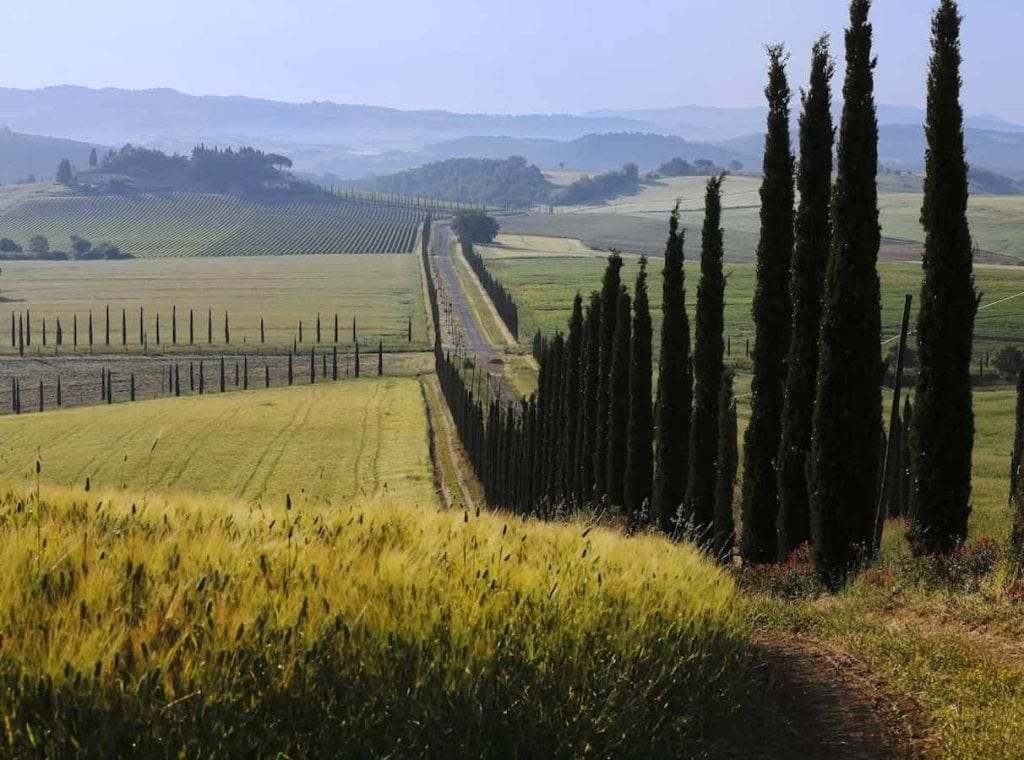
Does being close to more famous areas help?
Partly, yes, but if you think that the mayor of Montalcino has expressed concern about excessive tourism, if there were a real flow of visitors, they would come to us. And yet, that’s not the case.
Is it unthinkable to form a synergy with some companies there?
Too difficult, as they’re over an hour away, while we have an active collaboration with the Saturnia thermal baths, which are 20 minutes away, a sort of agreement for people coming from there. There’s a good relationship and collaboration among local companies, but we can’t expect Montalcino to send people to Maremma.
Yet they have too many tourists who could come to you...
We would need someone impartial to help distribute this tourism. Just think if we could better connect Florence with the rest of Tuscany; it would benefit everyone.
Does your support for an artistic project like Hypermaremma reflect the need to shift tourism to this area?
What Hypermaremma does, and why we collaborate with them and will continue to do so, is connect people who invest in and believe in this territory, enhancing it, beautifying it, because Maremma needs to be valued and promoted.
How do you promote your rooms?
We do some events with local entities, but working on a seasonal basis with only six rooms and an apartment, we don’t have much trouble filling them when we’re open.
Who are your clients?
We have loyal customers and people who come maybe two or three years in a row, who write to us and follow us on Instagram. The credit goes to our staff; the two girls who handle the tastings have always been with us, and others are seasonal. They are exceptional, much more exceptional than us.
How much does wine tourism account for in your company?
Between visits, tastings, rooms, and the on-site wine shop, which represents the largest share, more than one-fifth of our revenue.
You don’t have a proper restaurant. Why is that?
We’re not closed to the future, but for now, it’s not part of us: it’s a complex business that we fundamentally don’t know how to do. The room has a capacity similar to that of a restaurant, and the kitchen is fully equipped, which we use for events in the company, often in collaboration with Valeria from Caino.
You talk about direct contact between you and the consumers, but how is it going online?
We’ve recently launched an online shop. Like many companies, we started online sales during COVID, but it was a wine club, only by registration. Now we’re on a wine platform owned by Tannico. Basically, it’s a platform that you can personalize as if it were your shop without managing the order and shipping dynamics. One of our goals is to focus more on B2C, so online sales are very important to us.
How do you achieve this?
Mainly through word of mouth: the people who come here become ambassadors for our company. We have a newsletter with about 5,000 subscribers, which is a good base built in just a few years; those who come for a tasting sign up and become part of our family. There’s no better way to build customer loyalty than bringing them here. Before, sales were only for wine club members, but now it’s open to everyone, and we send various offers through the newsletter.
Other goals?
Abroad, especially in the United States, where there’s the greatest growth potential. We have importers and various distributors; we do wine dinners and other initiatives to make ourselves known: Morellino isn’t yet a well-known name abroad.

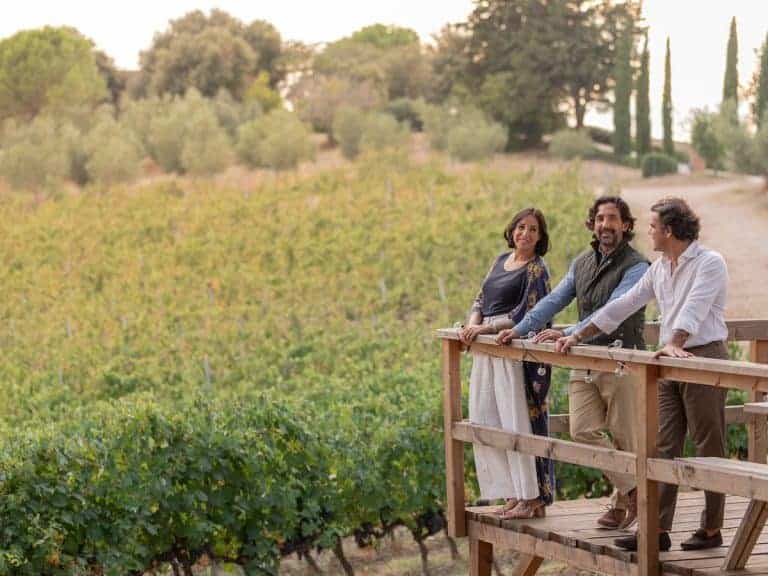
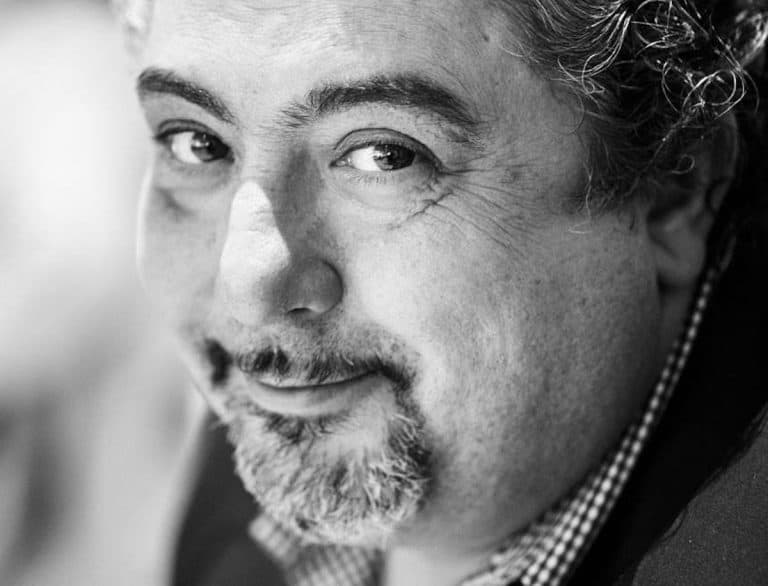 Farewell cacio e pepe in New York. "With tariffs, Pecorino Romano will also become more expensive." The warning from Giuseppe Di Martino
Farewell cacio e pepe in New York. "With tariffs, Pecorino Romano will also become more expensive." The warning from Giuseppe Di Martino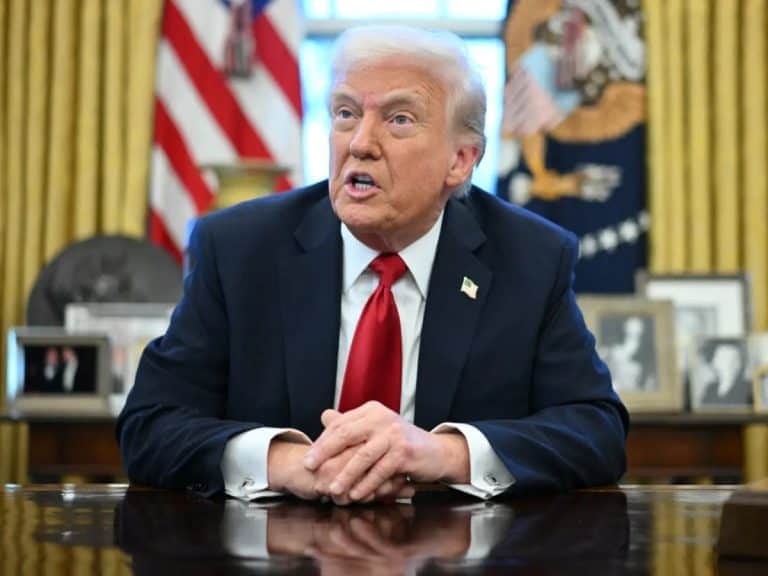 Against tariffs? Here are the US foods that could be "hit"
Against tariffs? Here are the US foods that could be "hit" US tariffs: here are the Italian wines most at risk, from Pinot Grigio to Chianti Classico
US tariffs: here are the Italian wines most at risk, from Pinot Grigio to Chianti Classico "With U.S. tariffs, buffalo mozzarella will cost almost double. We're ruined." The outburst of an Italian chef in Miami
"With U.S. tariffs, buffalo mozzarella will cost almost double. We're ruined." The outburst of an Italian chef in Miami "With US tariffs, extremely high risk for Italian wine: strike deals with buyers immediately to absorb extra costs." UIV’s proposal
"With US tariffs, extremely high risk for Italian wine: strike deals with buyers immediately to absorb extra costs." UIV’s proposal